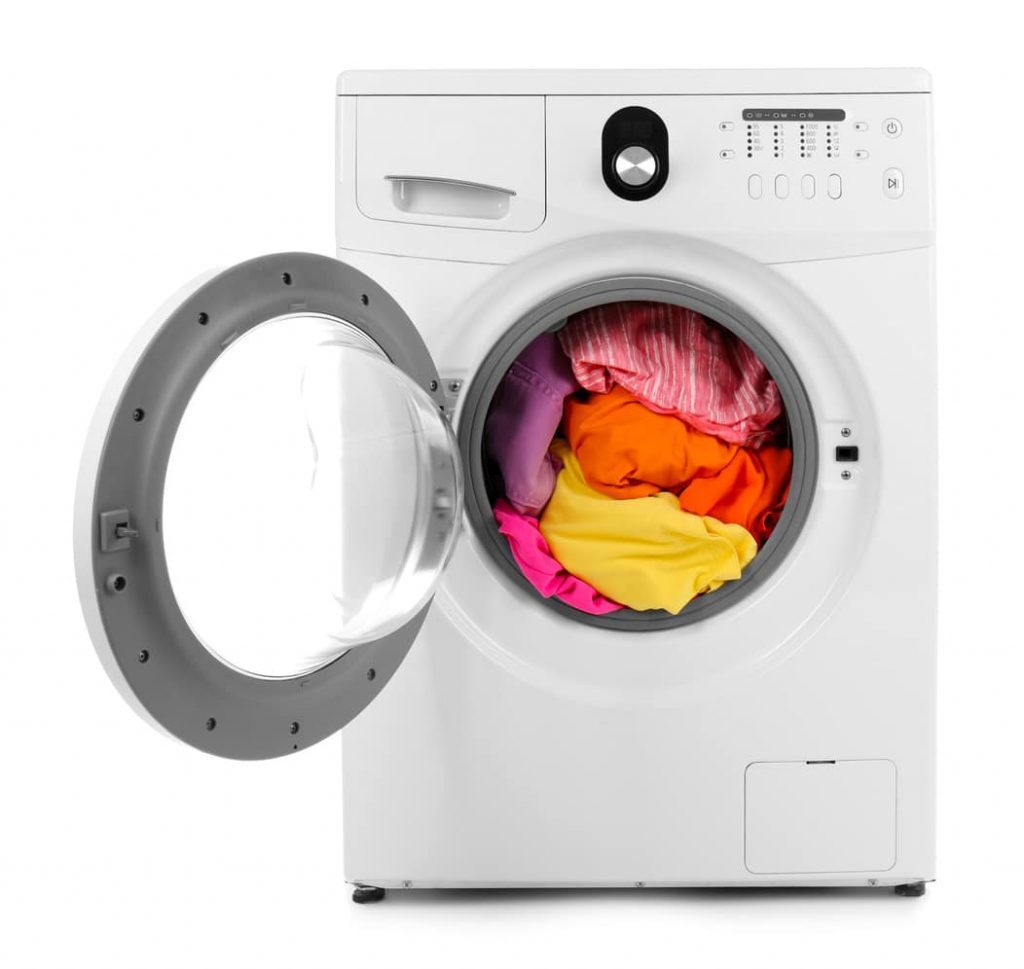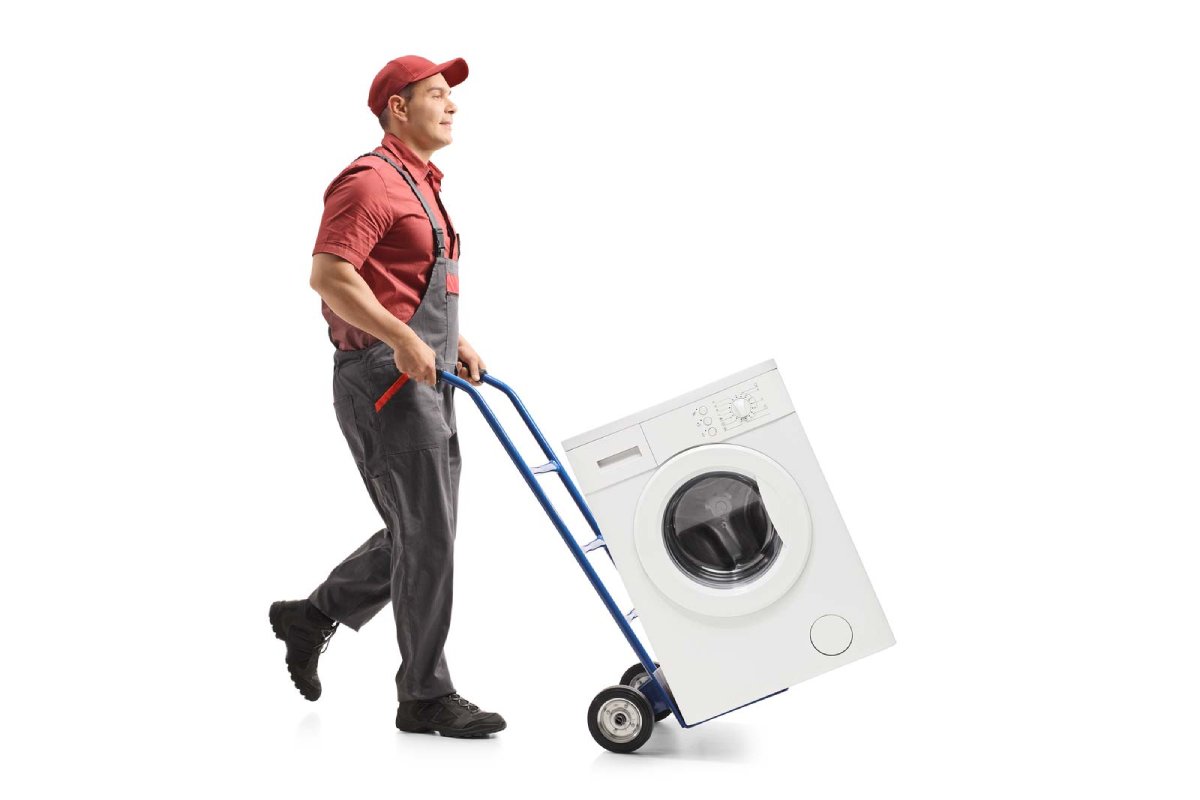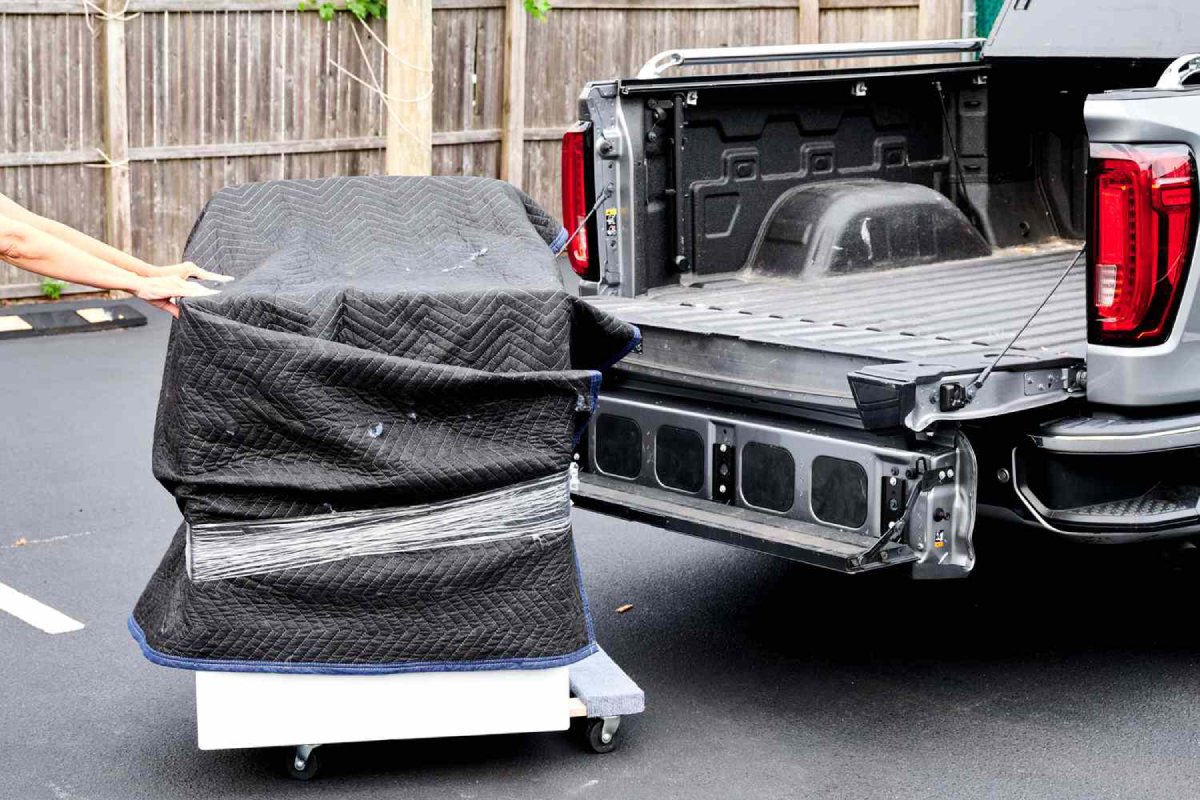 When moving, you usually have to take everything. That includes major appliances. Moving a washing machine can be one of the trickiest parts of relocating. These appliances are heavy, awkward to maneuver, and sensitive to damage if not handled correctly. Whether you’re preparing for a local residential move in Fort Worth or a long-distance move across Texas, making sure your washer is properly prepared will save time, prevent costly damage, and keep your move stress-free.
When moving, you usually have to take everything. That includes major appliances. Moving a washing machine can be one of the trickiest parts of relocating. These appliances are heavy, awkward to maneuver, and sensitive to damage if not handled correctly. Whether you’re preparing for a local residential move in Fort Worth or a long-distance move across Texas, making sure your washer is properly prepared will save time, prevent costly damage, and keep your move stress-free.
At Olde World Movers, our expert team has helped thousands of families and businesses relocate safely. As a trusted moving company in Fort Worth, we specialize in handling everything from large household appliances to delicate antiques and fine art.
The easiest way to move your washing machine is to contact a professional moving company and let them handle the job for you. But if you’re considering moving your washing machine by yourself, we have some tips. But first off: moving a washing machine without experienced movers won’t be easy. It involves disconnecting utilities and moving an appliance that easily weighs a couple hundred pounds.
Steps to Prepare Your Washing Machine Before Moving

Moving a washer isn’t just about unplugging it and hauling it out the door. Proper preparation ensures your appliance is safe during transport and ready to use in your new home. Here’s what you should do:
1. Read the Owner’s Manual
Every washing machine is a little different. Before you start, review your manufacturer’s guidelines for moving instructions. Some brands recommend specific tools or have unique requirements (such as specialized transit bolts).
2. Gather Supplies in Advance
You’ll need:
- Bucket or towels (to catch water from hoses)
- Wrench or pliers (to disconnect hoses)
- Transit bolts (to secure the drum)
- Appliance dolly with straps
- Packing blankets or moving pads
- Tape and plastic wrap
If you’re hiring professional Fort Worth movers, they’ll usually bring these tools and supplies.
3. Turn Off and Unplug the Washer
Unplug the machine from the power outlet and tape the cord securely to the back of the washer. If your washer is hardwired, call a professional electrician before moving day.
4. Disconnect Water Supply Hoses
Shut off the water valves, then carefully disconnect both the hot and cold water hoses. Drain any excess water into a bucket to prevent spills. Wrap hoses in towels or plastic bags to keep them clean.
5. Drain the Washer Completely
Most washers have a small drain hose near the bottom or a drain filter. Empty all standing water—this step is crucial for preventing leaks and mold.
6. Secure the Drum with Transit Bolts
Washing machines have delicate drums that can shift and break during transit. Install the manufacturer-supplied transit bolts to lock the drum in place. If you’ve misplaced them, you can order replacements online or request help from your moving company.
7. Clean and Dry the Appliance
Wipe down the interior and exterior to remove dirt, detergent residue, or moisture. A dry washer prevents mold or mildew during transport.
How to Safely Move a Washing Machine Without Damage

Once your washer is prepped, it’s time to move it. Washing machines can weigh over 200 pounds, so it’s important to use proper lifting techniques and equipment—or call professional movers.
There are several steps involved in moving a washing machine. If, after reading through these steps, you realize you don’t have the resources or knowledge to ensure you can get them done properly and safely, remember it could be best to hire a professional moving company. It’s simply not worth the potential damage to yourself and the appliance if you’re not fully prepared for the task.
- Step 1: Empty the washer.
- Step 2. Clean the drum and drain lines.
- Step 3. Turn off the power.
- Step 4. Turn off the water supply.
- Step 5. Drain the water supply hoses.
- Step 6. Remove the water supply hoses.
- Step 7. Empty the drain hose.
- Step 8. Place the transit bolts.
- Step 9. Secure the power cord.
- Step 10. Wrap the washer in blankets.
- Step 11. Load the appliance onto the dolly.
- Step 12. Remove it from the home
- Step 13. Keep the washer upright.
- Step 15. Load it onto the moving truck.
Expert Appliance Moving Tips from Professional Movers
After decades of moving experience across North Texas, Olde World Movers has developed tried-and-true strategies for moving washers and other large appliances. Here are some professional insights:
Pro Tip #1: Don’t Skip the Transit Bolts
One of the most common mistakes is moving a washer without securing the drum. This can result in expensive repairs or even a ruined machine. Always use the bolts, even for local residential moves.
Pro Tip #2: Plan for Specialty Appliances
If your home has a stacked washer-dryer unit or a high-efficiency front loader, moving logistics can be more complicated. In these cases, professional movers can save time and prevent damage.
Pro Tip #3: Combine Moving and Storage Services
If you’re not moving directly into your new home, consider long or short-term storage options. Storing your washer in a climate-controlled facility prevents rust and keeps it safe until you’re ready to install it.
Pro Tip #4: Protect Floors and Walls
Place cardboard or protective mats on the floor before moving. Washers are heavy and can scratch hardwood or crack tile if dragged.
Pro Tip #5: Hire Professionals for Specialty Items
Moving a washer is tough enough—but if you’re also moving a piano, antiques, or fine art, you need expert care. Olde World Movers offers piano and antique moving services designed for delicate, high-value items.
Get a Free Moving Estimate from Olde World Movers in Fort Worth

Moving a washing machine is just one of the many challenges homeowners face during a relocation. Instead of taking risks with DIY moving, trust the professionals.
At Olde World Movers, we provide:
- Local residential moves across Fort Worth, Frisco, Euless, and all of North Texas
- Long-distance moving services for cross-state relocations
- Commercial moves for offices and businesses
- Packing and unpacking services to save time and ensure protection
- Specialty moving for pianos, antiques, and fine art
- Long and short-term storage solutions for added flexibility
We pride ourselves on being the most reliable moving company in Fort Worth, with decades of experience, expert crews, and the right equipment to handle moves of any size.
Ready to move your washer—and the rest of your home—with confidence? Contact us today for a free moving estimate in Fort Worth and let our team handle the heavy lifting.
📞 Call Olde World Movers today or request your quote online to get started!
Frequently Asked Questions
1. How do I prepare my washing machine for moving?
To prepare your washing machine for moving, start by unplugging it, draining all water, disconnecting hoses, and securing the drum with transit bolts. Always keep the washer upright during transport.
2. Can I move a washing machine without transit bolts?
It’s not recommended. Transit bolts prevent the drum from shifting and causing damage. If you’ve lost them, contact your manufacturer or ask a professional moving company in Fort Worth for help.
3. How do you move a washing machine safely?
Use an appliance dolly, moving straps, and padded blankets. Washers should always remain upright, secured tightly in the moving truck, and handled by at least two people or professional movers.
4. How much does it cost to hire movers in Fort Worth for appliances?
Costs vary based on distance, home size, and whether you need additional services like packing or storage. Contact Olde World Movers for a free moving estimate in Fort Worth.
5. Can Olde World Movers store my washing machine if I’m not moving in right away?
Yes! We offer both long- and short-term storage in secure, climate-controlled facilities, perfect for keeping appliances safe between moves.
6. Do Fort Worth movers also handle specialty items like pianos or antiques?
Absolutely. In addition to moving appliances, Olde World Movers specializes in relocating pianos, antiques, and fine art, providing expert care for delicate or high-value belongings.



